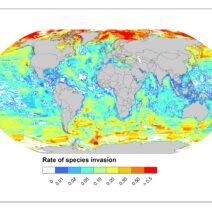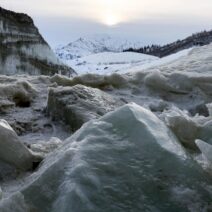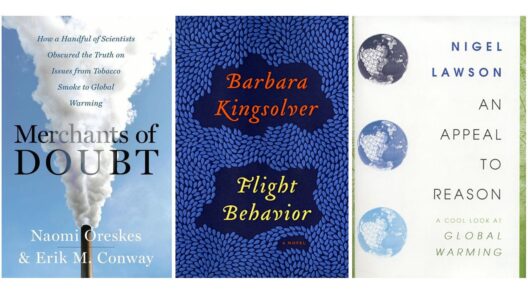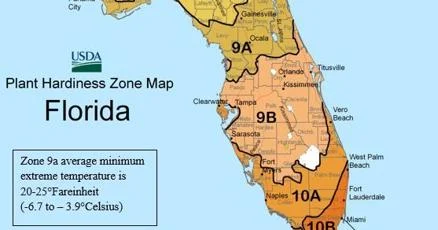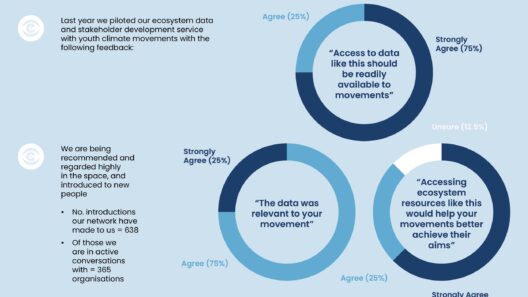The vast tapestry of our planet is woven with a multitude of climate zones, each exquisitely distinctive yet interdependent. This intricate framework is fundamental in shaping not only the biodiversity we witness but also the cultural and economic activities that thrive across different regions. Understanding climate zones is more than a mere academic exercise; it offers a profound shift in perspective, inviting us to contemplate how we coexist with our environment. As we delve deeper into the nuances of climate zones, we unveil a narrative marked by curiosity, urgency, and an opportunity for sustainable engagement.
Climate zones are categorized primarily based on temperature, precipitation, and seasonal patterns. These classifications illuminate the underlying mechanisms of our planet’s ecosystems while revealing the complexity of human adaptation to a myriad of climatic conditions. The concept of climate zoning allows us to appreciate not only the uniqueness of natural environments but also our profound connection to them.
Polar Climate Zones: The Frigid Frontiers
At the extremities of our globe lie the polar climate zones, characterized by frigid temperatures and perpetual ice cover. Regions such as Antarctica and the Arctic present an austere beauty, where the average temperature rarely rises above freezing. These zones experience long, severe winters and brief, cool summers. The permafrost, a prevalent feature in these areas, plays a critical role in regulating the Earth’s temperature and supporting a unique range of flora and fauna adapted to such harsh conditions.
Despite the seeming desolation, these regions are marvels of resilience. The biodiversity found in polar climates encompasses species such as polar bears, seals, and a variety of hardy plants that have evolved remarkable survival strategies. Understanding these ecosystems and their climatic challenges is crucial as they are among the first to exhibit the effects of climate change. As temperatures rise, the polar regions are undergoing rapid transformation, with consequences that reverberate across the globe.
Tropical Climate Zones: The Lush Expanse
In stark contrast to polar zones, tropical climate zones are synonymous with warmth and richness. These regions, located near the equator, enjoy high temperatures year-round, along with abundant rainfall. The humid, tropical rainforests boast the highest levels of biodiversity on Earth, serving as vital carbon sinks and centers of ecological myriad. Countries like Brazil and Indonesia showcase extraordinary biological abundance, with countless species of plants, animals, and microorganisms that have yet to be discovered or thoroughly understood.
The challenge of navigating the dynamics of tropical ecosystems lies in the balance between human activity and conservation. Deforestation, urbanization, and agriculture threaten these vital areas, raising urgent questions about sustainability and the ethical stewardship of natural resources. The plight of the Amazon rainforest exemplifies the precariousness of tropical climates, where the profound wealth of biodiversity faces the threat of depletion. Therefore, fostering a deeper understanding and appreciation for these zones is imperative as we strive to promote ecological conservation while supporting the livelihoods of local communities.
Temperate Climate Zones: The Middle Ground
Sandwiched between the polar and tropical regions are the temperate climate zones, known for their moderate weather patterns. These regions experience four distinct seasons: winter, spring, summer, and autumn, providing a diverse array of agricultural opportunities. The variation in climate supports different crops, making temperate zones pivotal in global food production. Countries such as the United States, parts of Europe, and East Asia exemplify regions where temperate climates flourish and cultural practices are profoundly influenced by seasonal changes.
Yet, this balance of climatic conditions is increasingly being threatened. Climate change has led to unpredictable weather patterns, including intense storms, droughts, and flooding, which challenge not only agricultural productivity but also economic stability. As the complexity of climate change effects unfolds, it pushes us to rethink our relationship with the Earth and our reliance on natural resources. Education and innovation must guide us toward sustainable practices that honor the temperate ecosystems while preparing for the inevitable changes ahead.
Climate Zones and the Human Connection
The interrelationship between climate zones and human civilization is both intricate and profound. Our lifestyles, cultural practices, and histories have been shaped significantly by the climate in which we reside. The geographical and climatic variety informs the design of our architecture, the choice of our crops, and even our social structures. It is through this lens that we begin to grasp the urgency of understanding and preserving our climate zones, not only for wildlife and natural landscapes but for the future of humanity itself.
As we confront the challenges brought forth by climate change, recognizing the significance of climate zones shifts our collective perspective towards sustainability. We are invited to engage with our surroundings thoughtfully and intentionally, fostering a connection that enriches both our lives and the environment.
Every challenge that arises from changing climates embodies an opportunity for innovation and growth. By mapping our planet’s climate zones, we unveil a roadmap for collective action—an essential guide for navigating the complexities of biodiversity, resource management, and social equity. This journey of discovery ignites curiosity and highlights our shared responsibility to protect the delicate balance of our world, ensuring that both nature and humanity can thrive together.
